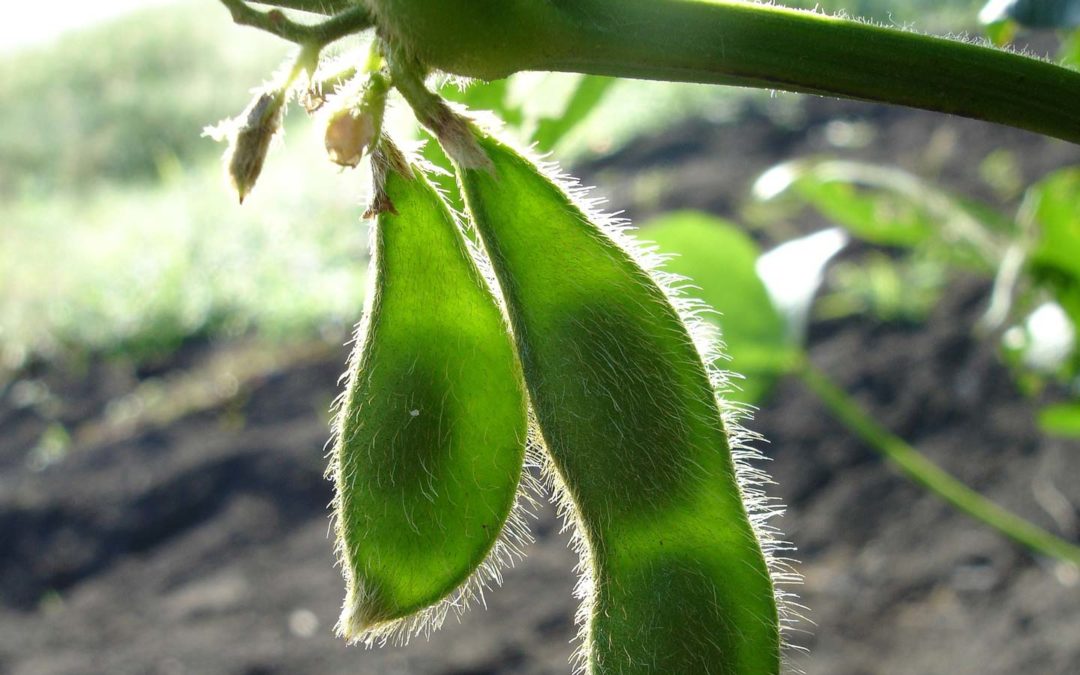In the course of the last 12 months, the price of soy beans has increased about 70% and remains at a very high level with little prospect of price cuts in the foreseeible future. The reasons being manifold:
On a global scale, about 92% of soy is being used in feed products and only about 8% in food. Soy proteins are among the preferred sources of plant protein, which simultaneously offer food producers cost control as well as good profitability of their products; whilst offering a wide range of possible applications, such as bakery, sweets, emulsified meat products, dairy alternatives, functional beverages or breakfast cereals. Unfortunately, the global harvest decreased about 7% in 2019/20.
In Europe, the demand for Non GMO soy is exceeding the supply; a situation which was worsened by massive buy-outs by Russia (200.000 mt) and China (35.000mt). After the diminishing of swine flue in China, the country is growing back its stocks and hence has in increasing demand for feed.
Extreme rainfalls in China have led to floods, destroying part of the corn harvest which has initiated the Chinese government to stongly support the cultivation of this crop over soy. This might lead to a stagnant or slightly descreasing harvest quantity for this year.
Large producers like Brazil or Canada are currently not offering any non-GMO soy onto the world market and hence do not support any alleviation of the current price situation.
The still quite limited vessel capacities between Asia and Europe and accordingly high freight rates are adding their part to high price levels, especially those of ISP and SCP.
In this tense situation, EUROSOY has proven itself as a very reliable supplier of the European food industry. Beside isolted soy proteins and soy protein concentrates, alternative plant products are playing an increasingly vital role in the supply of plant proteins to the food industry.
Sources:
https://www.finanzen.net/rohstoffe/sojapreis (27.4.2021)
Firmenpräsentation Soja Austria Produktions GmbH: „Sojabohneneinkauf April 2021“

